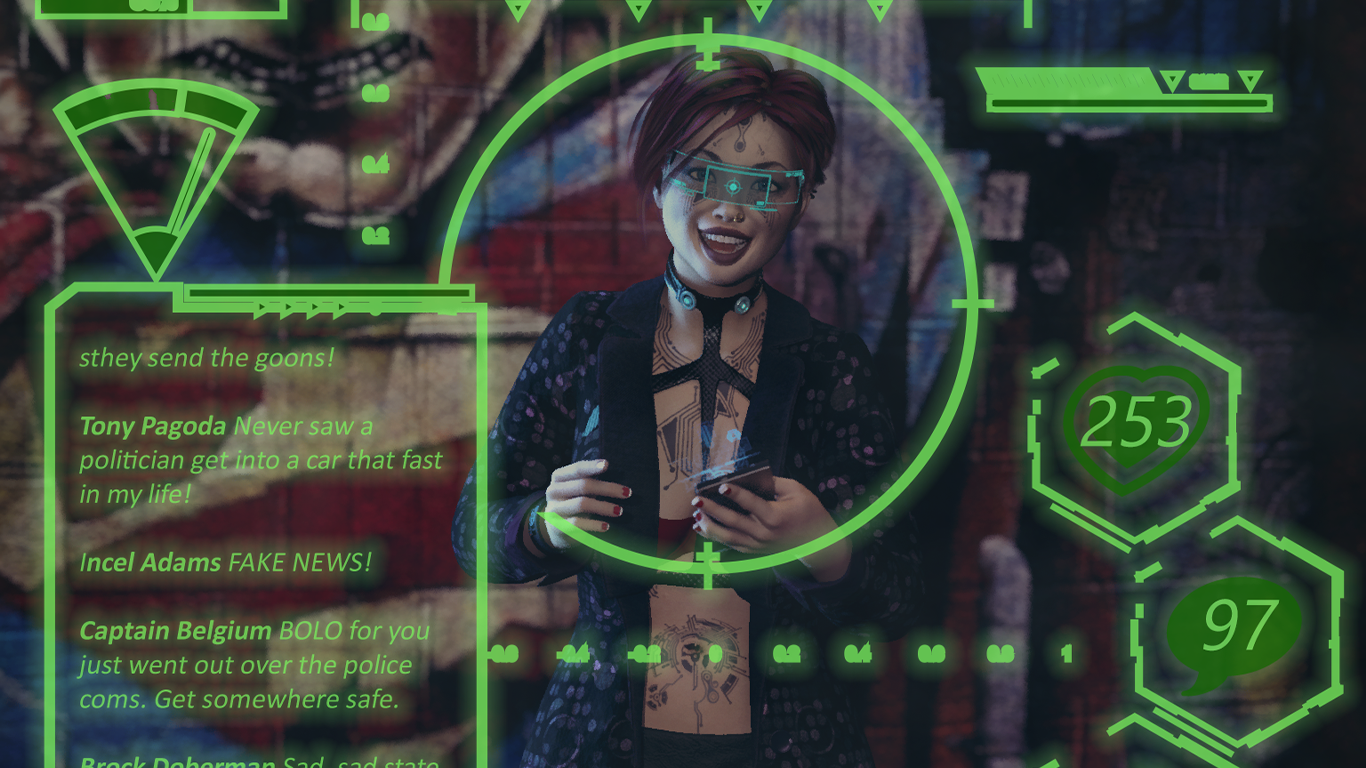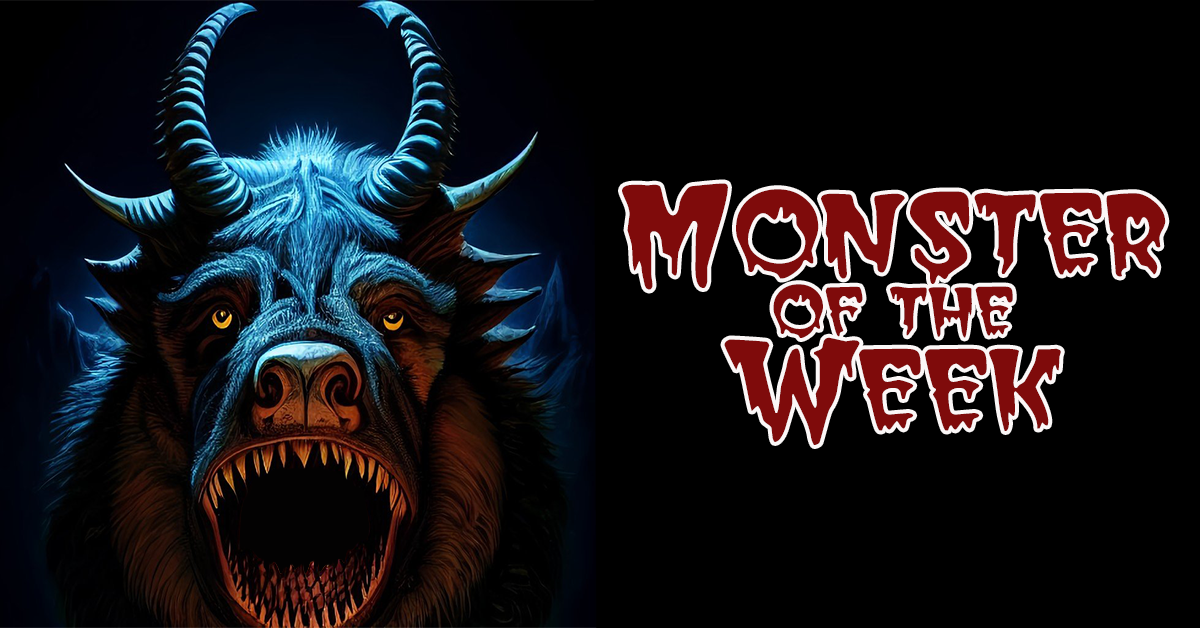We may earn money or products from the companies mentioned in this post.
In a world plagued by mundane realities such as climate change, political upheaval, and economic inequality, it’s all too easy to lose sight of the single greatest threat that the modern world has faced since the rise of Hitler: Namely, the invasion of our our creative commons by algorithms armed with digital paint brushes, code-based pens, and virtual typewriters. The sinister menace of AI-generated art threatens to extinguish the very essence of humanity through its obliteration of our sacred realms of art and literature.
Blue-collar workers have long grappled with the looming threat of automation, as their livelihoods were snatched away by soulless machines, but that’s just progress. Why should human time and effort be wasted on some mundane task like carpentry or pottery when a machine can do it faster and cheaper while also creating a more uniform final product better suited to storage, transport, and marketing? Common laborers freed from some artless tasks like saddle-making or haberdashery by advances in automation no doubt joyously embrace their salvation from the tedium and monotony of their labors. With the rise of AI-generated content, automation seems poised to transcend the realm of simple labor and threaten the very essence of human creativity. AI-generated content isn’t freeing common tradesmen up for more rewarding pursuits, it’s threatening the livelihoods and the refined sensibilities of people with liberal arts educations and exotic taste in coffee. These are people with a special gift, and any large-scale replacement of true art with mere algorithmic approximations can only serve to devalue the concept of art itself.
An AI generates content by leveraging its training on vast amounts of data, using complex algorithms to process and analyze patterns, and generating output based on the learned knowledge and statistical probabilities. In other words, it copies things that have already been done. In contrast, human-generated art is the pinnacle of originality, untouched by any external influence or inspiration. Every stroke of paint on canvas or every sentence in a novel springs forth from the deepest recesses of the artist’s or writer’s soul, free from the corrupting influence of the artistic tradition that came before it. Take, for instance, Hollywood movie scripts, those glorious beacons of unadulterated human creativity. Each screenplay is a magnificent and unique masterpiece, untainted by any trace of clichéd character archetypes, overused plot devices, or formulaic storytelling. This is the kind of uniquely human originality that’s allowed us to experience groundbreaking cinematic experiments like “Die Hard in a Different Setting” and “Spider-Man, but Aunt May’s Hot Now.” Clearly, there is no greater form of creativity than the human mind working in splendid isolation.
Even if we ignore the obvious fact that machine-generated art lacks the creativity, depth, emotional resonance, and cultural context of human creations, we can’t forget the countless hours of blood, sweat, and tears that artists and writers pour into their work. If they were making cabinets or scarves or some other simple craft, it might be reasonable to believe that all this delicate and time-consuming work could be replicated with a few minutes of machine time, but artists don’t make goods, they make art. There’s simply no way you could possibly reproduce an outpouring of true artistic expression by engaging in the minimal effort required to test and refine prompts, tweak settings, and occasionally re-write code through countless iterations that move the output incrementally towards the desired result. It’s just pushing buttons.
It is abundantly clear that AI-generated art and writing pose a grave danger to the sacred realm of human originality. We cannot let ourselves be fooled by the purported benefits of this technology, like claims that it expands access to creative expression or provides a tool for inspiration. We must reject the idea that AI-generated art and writing can offer new perspectives, challenge traditional notions, or push the boundaries of human expression. Instead, let us all join forces to defend the sacrosanct realm of traditional artists working in accepted mediums, for they alone possess the innate ability to produce groundbreaking and unprecedented works. After all, who needs progress and innovation when we have the comfort of familiarity and the warm embrace of artistic stagnation?
This article was adapted from essays generated by ChatGPT.





Bravo, sir.